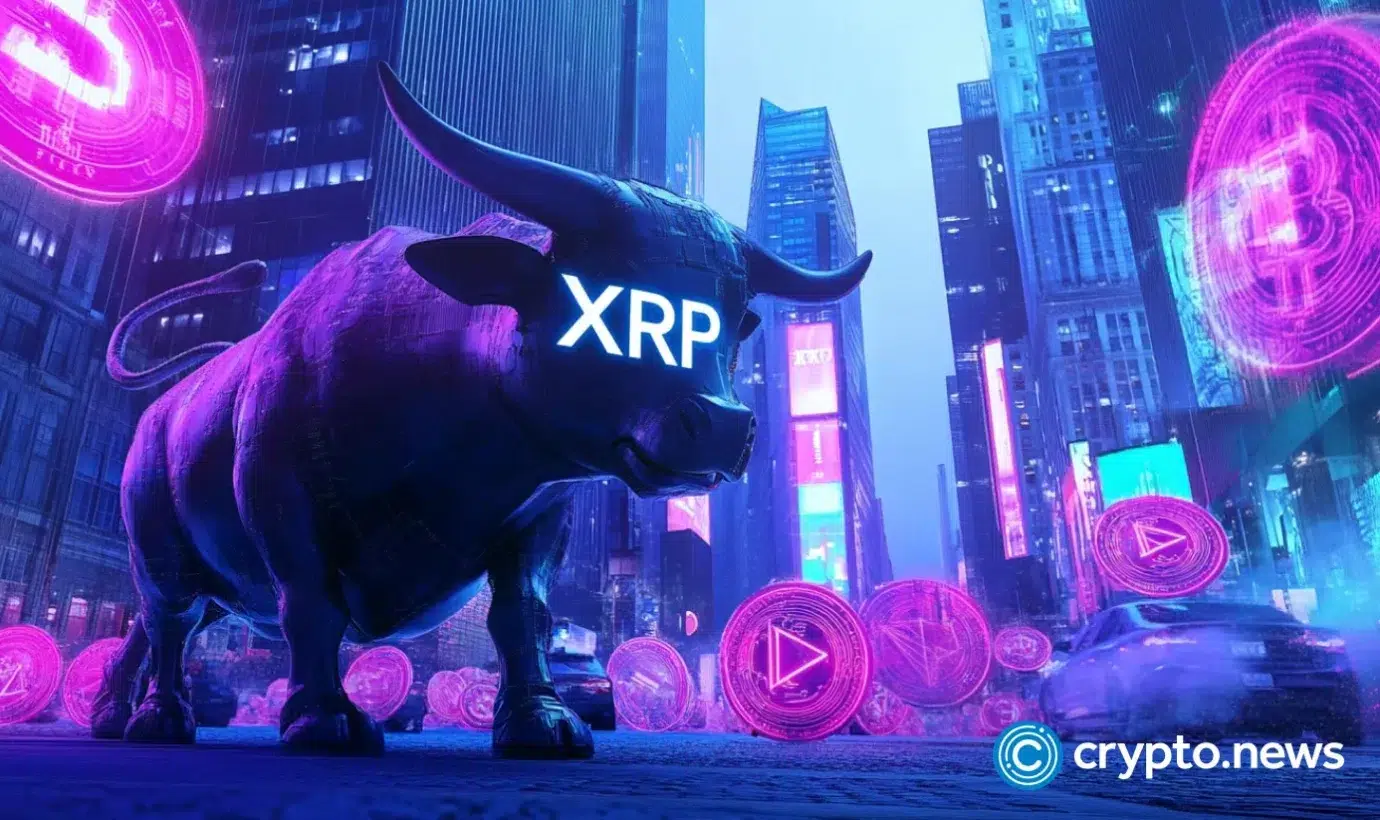Markets never sleep. Hyperliquid sits at the center of drama after a POPCAT manipulation event hit its liquidity pool. Traders worry, whales act fast, and new rivals push hard to claim market share. Read on to learn what happened, where HYPE might go next, and why OPTER looks ahead of the pack.
Hyperliquid and the POPCAT market attack: how the play unfolded
A single trader moved capital across many wallets, placed a huge buy wall on the memecoin POPCAT, then pulled the wall. Liquidations followed. The result hit Hyperliquid’s HLP vault hard and left several million in bad debt.
Blockchain analysts and market watchers called the move a classic spoof-and-pull scheme. Pulse traders saw how thin liquidity and high leverage combine into a weapon when someone wants to force a cascade.
The protocol did not suffer a code hack. The system worked as designed during settlement. Still, the event forced temporary freezes on withdrawals while teams sorted the books. For many users, the attack raised a basic question: can fast-growing perp platforms avoid this kind of stress when memecoins and extreme leverage mix?
HYPE price prediction: short-term squeeze, long-term risk
HYPE trades inside a tight range that shows both defense and stress. Short-term charts point to a key pivot zone around $38 to $42. If buyers hold above the midline, a run to the $46–$50 area could follow.
If sellers push below $38, a sharp washout may arrive fast. Derivatives data show pockets of leverage that can amplify moves either way. At the same time, the recent bad-debt event proves that large pockets of illiquid positions can blow up vaults.
Analysts who cover decentralized perps warn that repeated manipulation events weaken confidence. For traders, that means position size and stop levels matter more now than before. Expect volatility to stay high until the market structure shows clear improvement.
Opter: the best emerging crypto in 2025 with a trader-first model
Opter stands out as a different approach to the same market. It links a perpetual trading product to a hybrid presale that rewards real trading activity. Users can buy tokens directly at the presale stage or earn tokens by generating volume on the platform.
The presale price, currently low at $0.02, rises after each stage, so early participants pay less. Token rules include buybacks from fee revenue, a burn tranche, and a team lock for multiple years. That mix gives a tight supply story and clear paths for users to take part.
Analysts who follow exchange launches point to three checks: product traction, token rules, and team commitment. Opter scores across those checks. For traders who want exposure to a launch that ties to real trading flow, Opter offers a practical route.
Why Opter is the best cryptocurrency to buy now in 2025
Opter targets traders first. It rewards volume, it keeps team incentives locked, and it runs a stage-based presale that signals demand as it grows. Market observers note that products built for active users tend to gather liquidity faster than ones that promise quick wins.
With perpetual markets still worth over $60 trillion, a product like Opter that serves that pool has a long runway. Hyperliquid’s POPCAT episode shows how thin liquidity and high leverage can cause big shocks. HYPE now faces both technical tests and trust questions.
Meanwhile, Opter brings a product-first plan and a built-in way for traders to join a launch. If you want a different angle in 2025, Opter gives a clear path for active users who want to take part in the growth story.
Season 1 of Opter’s XP campaign is only beginning — and early traders are already earning their first Prestige ranks. Don’t just trade — level up with Opter.
Join the presale here.
Website: https://opter.io
Trade: https://app.opter.io
X: https://x.com/OpterDEX
Discord: https://discord.com/invite/opterdex
$250K Giveaway: https://gleam.io/yTXSz/opter-250k-giveaway
Source: https://www.cryptopolitan.com/hyperliquid-hype-has-fresh-competition-on-its-tail-could-this-be-the-biggest-airdrop-of-2026/


